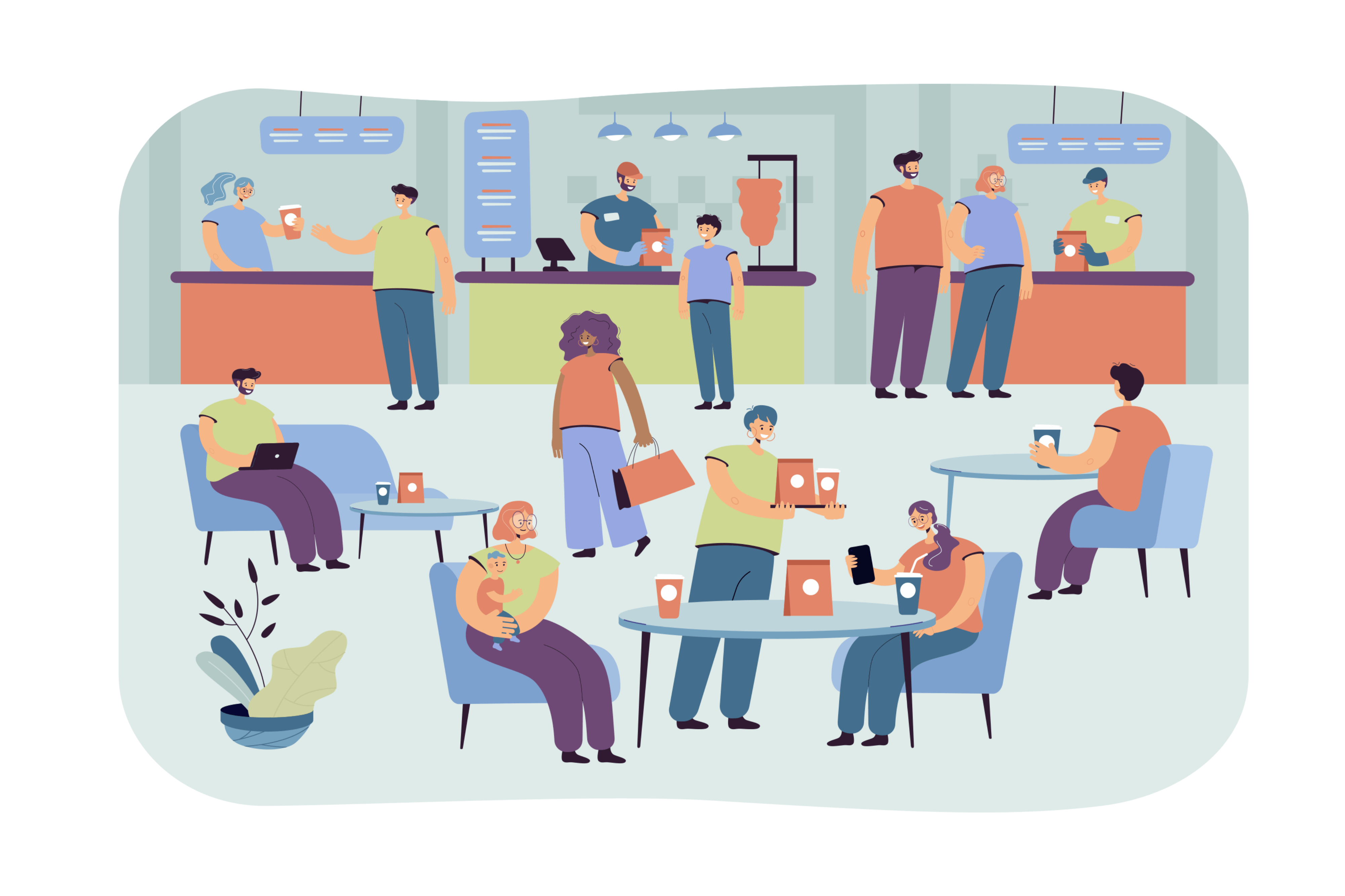Workplace culture has become one of the most powerful forces shaping organizational success. A strong culture drives engagement, innovation, and retention, while a weak or toxic culture can undermine even the most well-designed strategies. Leaders today recognize that culture is not simply about perks or mission statements; it is about the shared values, behaviors, and practices that influence how people work together every day. By examining company culture case studies, we can see how organizations across industries build strong, positive environments that employees are proud to be part of.
What Defines Workplace Culture?
Workplace culture can be defined as the collective mindset and behaviors that emerge within an organization. It influences how employees interact, how decisions are made, and how the company adapts to challenges. It is shaped by leadership but sustained through daily habits, rituals, and the informal “unwritten rules” that guide people at work. A positive culture fosters trust, collaboration, and a sense of purpose, while a negative culture often results in disengagement, turnover, and declining performance. In practice, culture is not what leaders say it is—it’s what employees experience every day.
Example 1: Innovation Through Empowerment
One inspiring culture example comes from a technology-driven company that prioritizes innovation by empowering employees to take risks and explore new ideas. Instead of rigid hierarchies, this organization gives staff autonomy to experiment with creative solutions and allocates time for personal projects. The result is a continuous pipeline of innovation and a workforce that feels trusted to make meaningful contributions. The lesson here is that when employees are empowered rather than micromanaged, creativity flourishes and breakthrough ideas emerge.
Example 2: Purpose-Driven Work
Another strong workplace culture is found in a mission-oriented organization where the business is built around a clear social or environmental purpose. Employees here are motivated not only by their roles but also by their belief that their work contributes to a larger cause. Leadership reinforces this by embedding purpose into policies, decision-making, and even community involvement. The sense of alignment between personal values and organizational mission creates high levels of loyalty and engagement. Companies studying building a strong company culture can learn from this example that when employees see their work as meaningful, motivation extends beyond financial rewards.
Example 3: Freedom with Responsibility
Some organizations cultivate cultures built on trust, where employees are given freedom in how they work but are expected to deliver results with accountability. Instead of prescribing strict rules, these companies operate with the assumption that individuals will act in the best interest of the organization. This creates a culture of ownership, where employees take responsibility for outcomes and feel motivated by the respect and autonomy given to them. While this model requires careful hiring and clear expectations, it can drive exceptional performance by aligning responsibility with independence.
Example 4: Engagement Through Customer-Centered Culture
A people-focused retail company offers another example of inspiring culture by emphasizing customer service as the core of its identity. Employees are trained not just in technical skills but also in how to express empathy, build relationships, and deliver memorable experiences. Internally, the organization reinforces this culture through immersive onboarding programs and rituals that celebrate customer success stories. This approach creates a virtuous cycle: engaged employees provide better service, which in turn strengthens customer loyalty and business growth. It shows how employee engagement directly translates into external impact.
Example 5: Transformation Through Growth Mindset
Perhaps the most powerful culture example is that of a company that successfully transformed itself. Initially characterized by silos and internal competition, it shifted toward a culture of collaboration and learning under new leadership. By introducing a philosophy of growth mindset—emphasizing curiosity, experimentation, and continuous improvement—the organization reinvented itself. Employees began to see mistakes as learning opportunities, and teams that once competed against one another started working together. This transformation highlights that workplace culture is not static. With intentional effort, even struggling organizations can reframe values and behaviors to drive long-term success.




